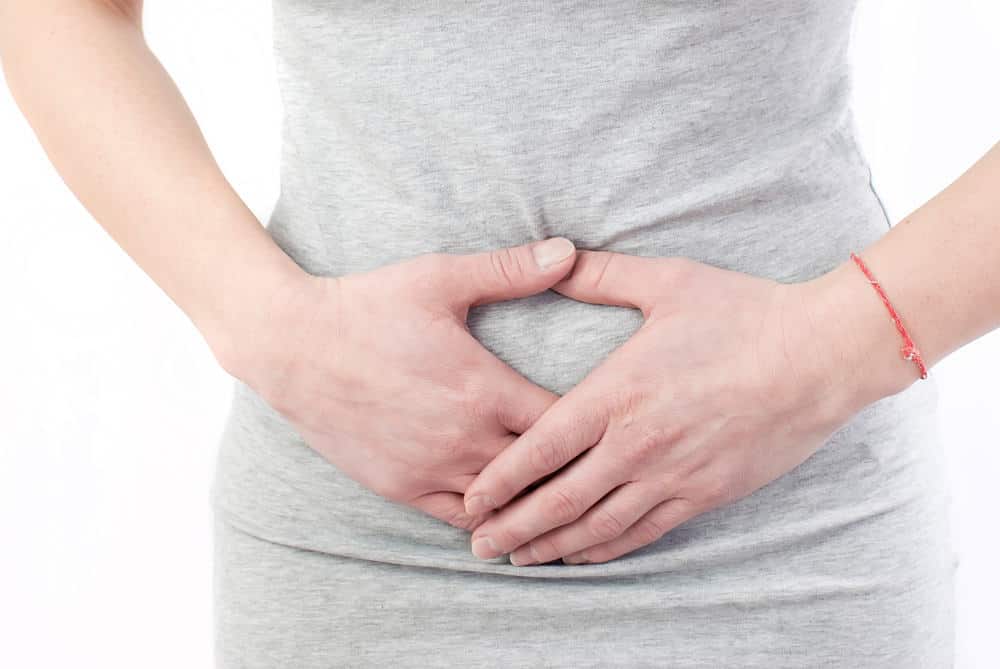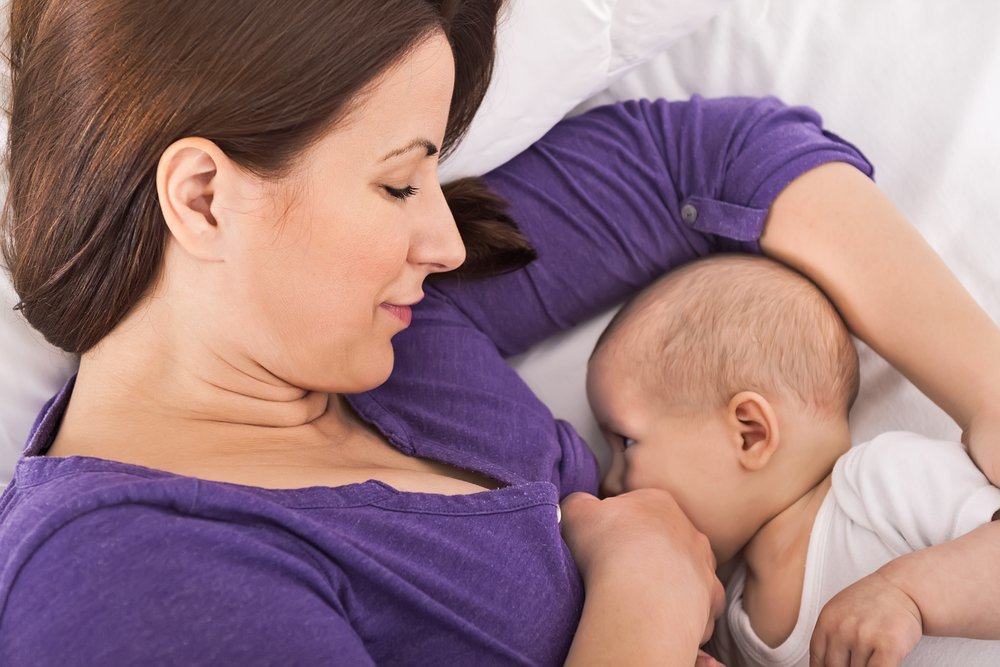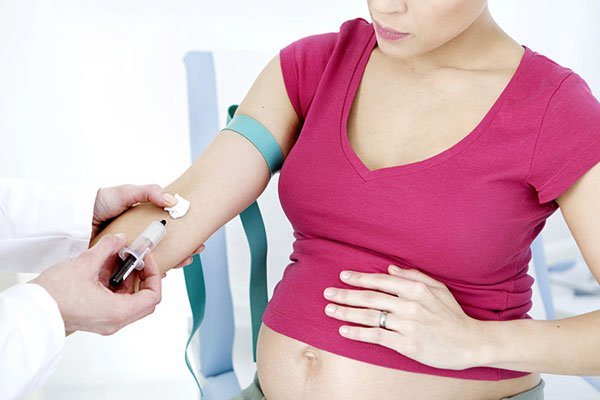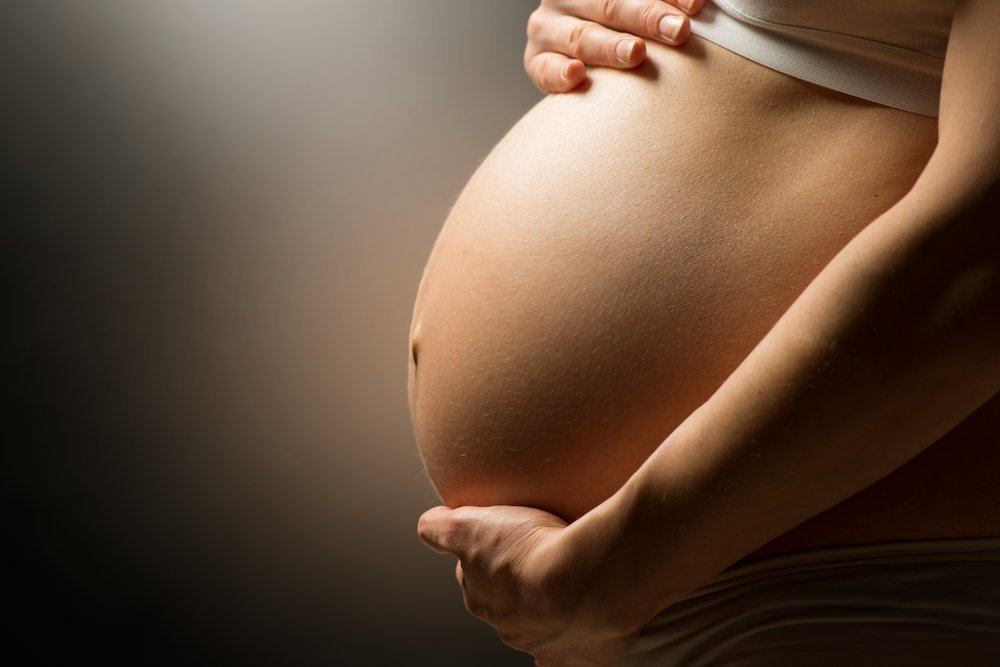Contents:
- Medical Video: 5 common signs of Appendicitis
- Symptoms of appendicitis to watch out for
- Stomach ache
- Mild fever
- Indigestion
- Can all patients experience symptoms?
- What should be done if symptoms of appendicitis appear?
Medical Video: 5 common signs of Appendicitis
At a glance the symptoms of appendicitis indeed cause pain in the abdomen. However, it should be noted that the symptoms are not only that, there are other symptoms that can occur. In some people these symptoms may not occur as a whole, only a few can appear. To get early treatment, you need to know some symptoms of appendicitis like the following.
Symptoms of appendicitis to watch out for
The following are all the symptoms that appear in appendicitis, such as:
Stomach ache
This disease causes pain or cramps in the stomach. This happens because the appendix is swollen and inflamed so it irritates the lining of the abdominal wall. This disease causes abdominal pain in the lower right part of the stomach. Pain is sometimes more likely to occur than cramps.
However, there are some people who experience appendicitis in the back so pain, pain, or cramps occur in the lower back or pelvis. Abdominal pain can increase if you make movements, take deep breaths, cough or sneeze.
Mild fever
This disease can cause fever between 37.2 to 38 degrees Celsius. If it gets worse, a fever can reach 38.3 degrees Celsius accompanied by an increase in heart rate.
Indigestion
In addition to fever and abdominal pain, appendicitis can cause nausea and vomiting so that appetite decreases. Other digestive disorders that occur are constipation (constipation) or vice versa occurs diarrhea. If you have difficulty removing the wind, it is likely that a blockage in the intestine has occurred partially or completely.
Can all patients experience symptoms?
Reporting from Everyday Health, not all patients feel the same symptoms. There are some people who do not experience symptoms as a whole (atypical). According to research published in 2007 inThe Journal of the American Medical Association, appendicitis symptoms between babies and adults are not always the same. Therefore, parents must understand well what the symptoms are, especially in children.
Reporting from Healthline, babies aged 2 years or less often show symptoms like the following:
- Fever
- Gag
- Stomach feels bloated
- The state of the stomach swells, when it is gently tapped it feels soft
Whereas for children and adolescents tend to experience:
- Nausea
- Gag
- Abdominal pain on the right side of the lower abdomen
In pregnant women, symptoms of appendicitis may be similar to discomfort during pregnancy, such as morning sickness. Because the symptoms include reduced appetite, abdominal cramps, nausea, and vomiting. However, it should be emphasized that appendicitis during pregnancy can cause pain not on the right side of the lower abdomen but in the upper abdomen. This is a little different because the position of the intestine is pushed higher because of the fetus in the uterus. In addition, other symptoms are pain when you urinate. Symptoms of fever and diarrhea are rare in pregnant women.
What should be done if symptoms of appendicitis appear?
The first thing to do is to make sure the symptoms are symptoms of appendicitis. If yes, care and treatment can only be done by medical personnel in the hospital. There is no treatment or treatment that can be done at home for this disease. Don't delay going to a doctor. Because the intestine can break if not treated for 2 or 4 days after the symptoms appear.












